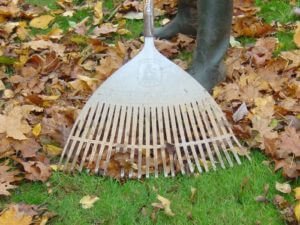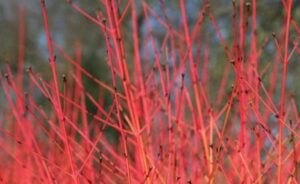OK, OK, Hear us out for a second.
We worked with a client a few years ago who was obsessed with poisonous plants. Sure, our first reaction was to keep a close eye on our coffees and smile politely more than we normally would. But what became clear over the few weeks that we worked with this client was that a lot of poisonous plants do have a beauty that you don’t see in their docile, harmless cousins. The attraction may be to their danger, almost like a forbidden fruit, but we gained a new respect and admiration for them.
Of course, if you do discover (or indeed plant) any poisonous plants in your garden; you need to be extremely careful. A good rule of thumb is never eat them and always wear gloves. If you’re planting them, make sure they’re out of reach of children and domestic animals. Most British wildlife knows what’s edible and what’s not, but that doesn’t go for kids and domesticated pets.
So you can either read this as a “here’s what to watch out for” kind of article, or you can read it as a “hmm I’d never considered that before” kind. The latter is the experience that we had with our client from 2015.
Foxglove
This is one of the most common poisonous plants in the UK. You can find it in hedges quite often, and certainly in woodlands. It’s tall and purple, with dark splotches on the inside of the tube-like flowers. Bees love it, but us mammals don’t.
Hemlock
A staple of witches potions and, for some reason, the mode of execution chosen by Socrates; Hemlock isn’t common in the garden. Rather suitably for a poisonous plants, it grows in places of low light and low water quality. Think unused wasteland, slow-moving river banks and ditches. White flowers, very distinctive purple spots, tall green stem.
Belladonna
Or to you and I, deadly nightshade. Oooh spooky.
This one is quite spooky, it’s one of the most dangerous plants native to Britain. You’ll find it growing natively from the Midlands southwards, in the countryside and rarely in the garden. It looks like a shrub, with black velvet berries and a purple bell-like flower. Funnily enough, it’s part of the same family as the tomato and potato; but clearly not as good in breakfast or with roast chicken. Steer clear of this beauty.
Wolfsbane
You might recognise the name ‘monkshood’ more. Big old leaves with (again) purple flowers. Wolfsbane can look similar to a lot of similar but harmless species, so this one can pop up in gardens relatively frequently compared to the others. It can grow to a metre high and is very fetching in a country garden, but its history as a use for poisoned arrow tips goes a long way to explaining why you may not want to encounter it during a Sunday stroll.
It goes without saying that you shouldn’t seek those plants out without proper supervision. Planted and used correctly, they can be striking additions to a garden. But do not attempt this without the guidance of a trained professional.
Daffodils, on the other hand, are lovely.
Eden Restored is a team of passionate garden designers working throughout London, Kent and Surrey.
We deliver value-for-money on projects of any size, from inner-city courtyards to countryside cottages.
To discuss your ideas and how we can help throughout the entire process, get in touch.


